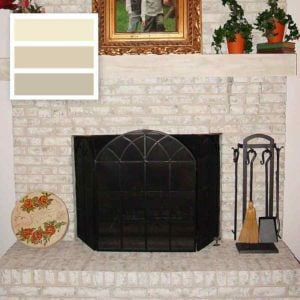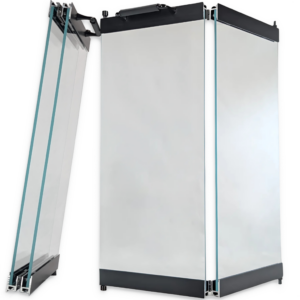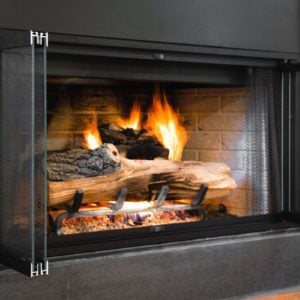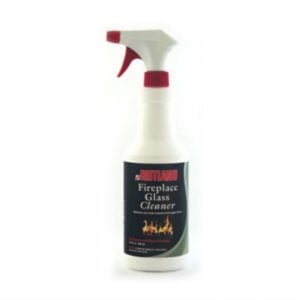Fireplace Safety 101
What’s better on a cold night than to light a cozy fire and enjoy its warm ambiance? But before you light that first log, you need to b...
Free Shipping On Orders $199+ • Free Returns


 Replacement Glass Doors
Replacement Glass Doors
 The EZ Fireplace Door
The EZ Fireplace Door
 Fireplace Door Glass Cleaner
Fireplace Door Glass Cleaner


 Replacement Glass Doors
Replacement Glass Doors
 The EZ Fireplace Door
The EZ Fireplace Door
 Fireplace Door Glass Cleaner
Fireplace Door Glass Cleaner
Now that the heart of fireplace season is waning, you might be wondering why your fireplace didn’t perform as well as expected during the colder months. There are lots of reasons why you could be having issues with your fireplace, and now that we’ve reached a season of the year when you won’t be spending so much time using it, you have a little more time to investigate and perform some much-needed fireplace maintenance.
To get to the bottom of any issues, it’s important to note that fireplaces work for one simple reason—because hot air rises. There are dozens of reasons why your fireplace might not work at its peak. We’re going to cover some of the more common reasons why in this post.
Spring and Summer-Peak Time to Perform Fireplace Maintenance
-Let’s start with the simplest reason of all. Is your damper open all the way? Also very important to note, dampers sometimes don’t open because of water damage or soot. A good cleaning should take care of this problem.
-A dirty chimney. Even though it takes time for soot to build-up, this can seriously hamper how your chimney functions. If the soot gets thick, it can actually make it more difficult to work with the flue, which can reduce the area available to ensure your fireplace is vented properly.
According to chimney experts, a build-up of just ¼” to ½” can make a big difference, with a ½” build-up capable of reducing air flow by almost 20% for a masonry fireplace, and up to 30% for a pre-fab model.
-Birds and animals can often get stuck in your chimney, bringing with them leaves and twigs, which will clog it up. This is why it’s so important to be sure to have your chimney inspected at least once a year, and add a chimney cap to help prevent similar problems from occurring in the future.
-Your chimney might not be tall enough. To work at its peak, a chimney should be at least 10 to 12 feet tall, and should also reach at least three feet higher from where the chimney connects to the roof.
-Make sure your flue is large enough for your fireplace. One way to gauge this is to check the size of your fireplace opening vs. the size of the flue. The fireplace opening should be no more than 10 times larger than the flue, 12 times its size if the flue is round. Why is this important? Because a flue that is smaller in size can cause smoke to flow back into the room. Because flues are difficult to retrofit, one solution would be to reduce or expand the size of the fireplace opening.
-Your home is either too “tight” or too “loose.” Newer homes are better insulated, so there is less air circulating back in. Too loose, for example, such as a multi-story home, and air could possibly leak into its upper levels and create drafts that interfere with your chimney. In this case, make sure your attic doors are closed, and upstairs windows, too.
The good news is that with regular inspections and maintenance these pesky chimney and fireplace performance issues can be resolved fairly easily, and now is the perfect time of year to inspect and address any problems you may have been experiencing over fall and winter months.
No account yet?
Create an Account